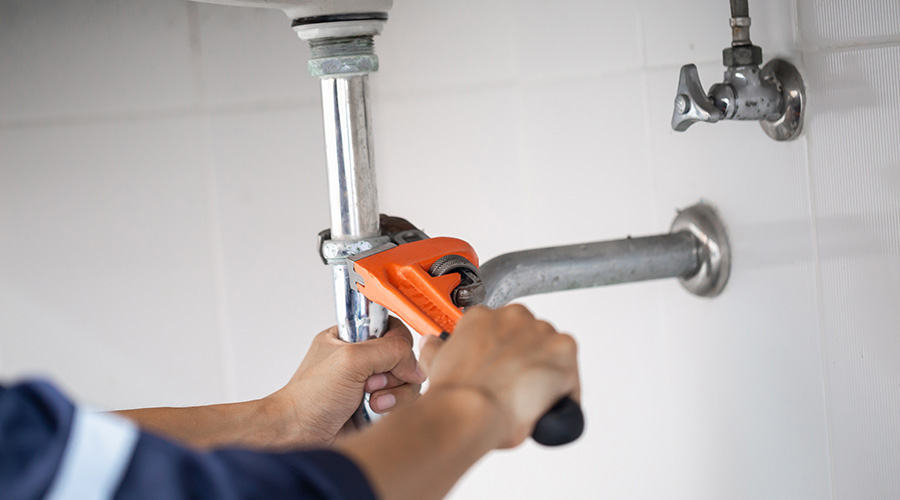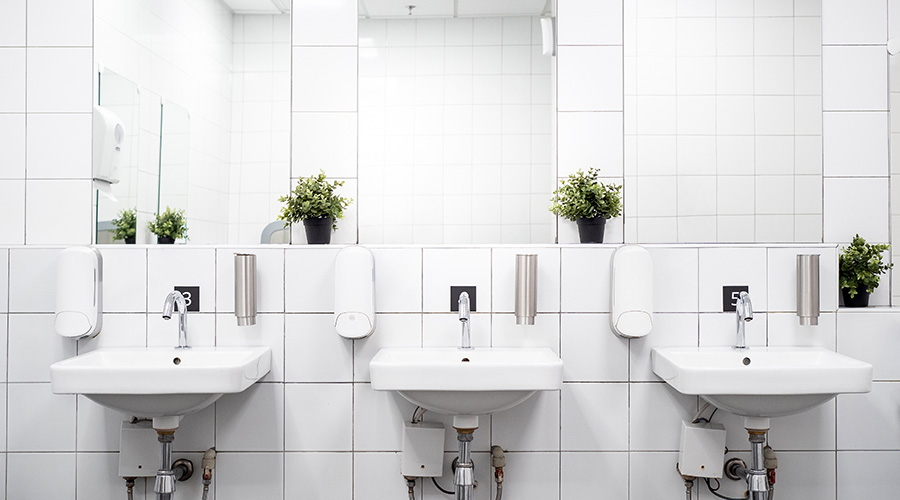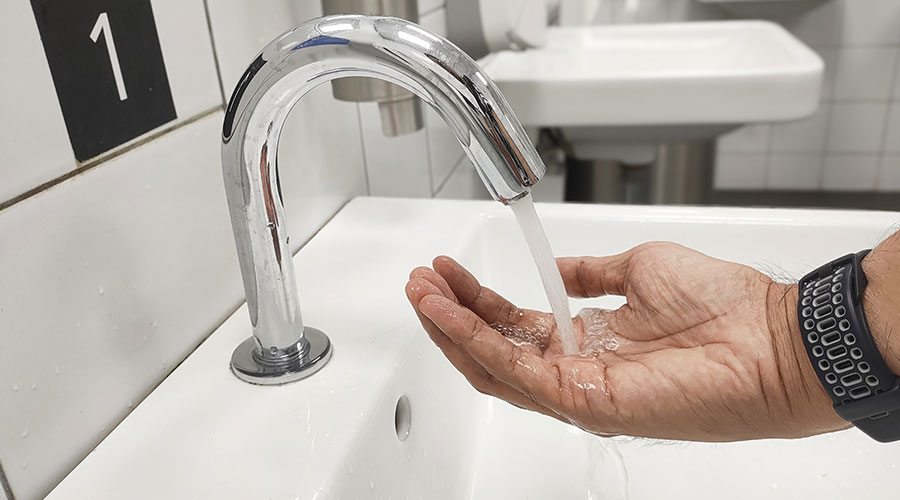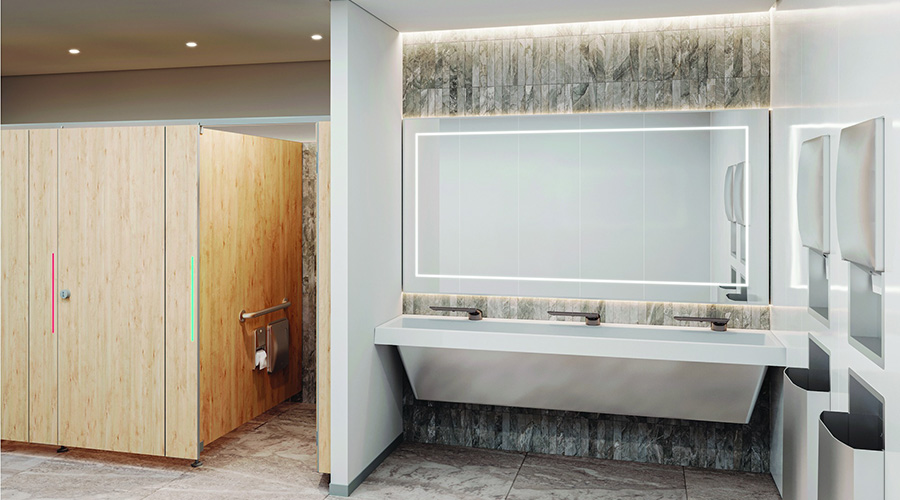Housekeeping: Use the Right Amount of Disinfectant
Restrooms in institutional and commercial facilities are one of the most important areas facilities need to keep clean and sanitary. No matter the type of facility, it is important that housekeeping crews use proper cleaning procedures and products designed to ensure the health and welfare of building occupants and visitors, as well as improve the facility's image.
To ensure a desirable level of restroom hygiene, maintenance managers must consider a series of procedures and products in restrooms and develop a cleaning strategy housekeeping crews can use to address each of them specifically.
Prepare and Protect
The first step in effective cleaning processes is equipping cleaning crews with the most effective tools and resources for the tasks at hand. A well-stocked custodial cart containing only the products and tools cleaners use will save time, and cleaners should inventory them regularly.
For cleaners' personal protection, they should use gloves and goggles, and possibly a mask, depending on the task. Material safety data sheets (MSDS) for the products cleaners use will list the pieces of personal protective equipment (PPE) they should use. Cleaners also should put caution signs outside of restrooms to alert building occupants and visitors that cleaning is in progress and that floors might be wet.
Once crews have the proper tools for the job and have considered all the appropriate safety measures, they can begin the cleaning. The process to improve and maintain restroom hygiene should start with the application of a germicidal detergent, properly mixed in a spray bottle or as a ready-to-use product. Cleaners must remember to pre-spray the detergent on fixtures to provide the proper amount of dwell time.
While the germicidal detergent is doing its work, the next step is to clean mirrors, partitions, ledges, edges, dispensers and fixtures. Cleaners should check the product label to determine the proper dwell time for specific restroom components and surfaces.
Cleaners should use separate cloths for plumbing fixtures and sinks, and they also might consider using microfiber cloths. These cloths have become popular and, in some cases, can reduce the need for cleaning chemicals and the amount of water required. Cleaners should use disinfecting detergent on high-touch surfaces, such as door handles, flush units, and dispensing systems, again with proper dwell time.
Proper measurement of the disinfectant is essential. If cleaners use too much, it can leave a sticky surface that attracts more soil. If they use too little, it cannot disinfect properly. In most cases, disinfectants call for a dilution ratio of 0.5-2 ounces per gallon of water. Using a dispensing system to fill containers takes the guesswork out of measuring. Managers should monitor these dispensing systems occasionally to ensure they actually measure the proper amount of product into the container.
Touch-free soap dispensers, paper-towel dispensers, and faucets still require cleaning and disinfecting. Cleaners should inspect paper and soap dispensers, as well as odor-counteractant units, and fill them as needed.
Many facilities are using more environmentally responsible products, which often include such items as paper towels and toilet paper with recycled paper content. But with disinfectant cleaners, managers must be careful in weighing such claims. The U.S. Environmental Protection Agency does not allow manufacturers to call their disinfectant cleaners green, though discussions are under way to loosen those restrictions.
Related Topics:













